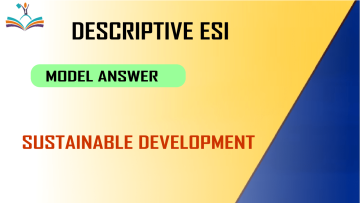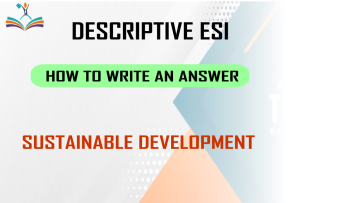Migration, a defining aspect of contemporary society, shapes the destinies of both rural and urban areas. This brief excerpt takes you on a journey through the dynamic impacts of migration, unraveling the consequences on the places of departure and arrival. As people move from rural landscapes to urban centers, rural areas face depopulation and cultural shifts, while cities experience population growth and increased diversity. Governments play a pivotal role in mediating these effects, implementing strategies that foster development and social integration. Understanding the interplay of migration’s challenges and opportunities is key to building a more inclusive and prosperous future for all.





